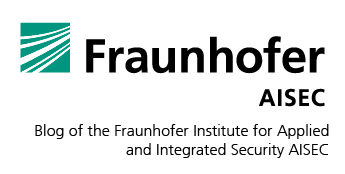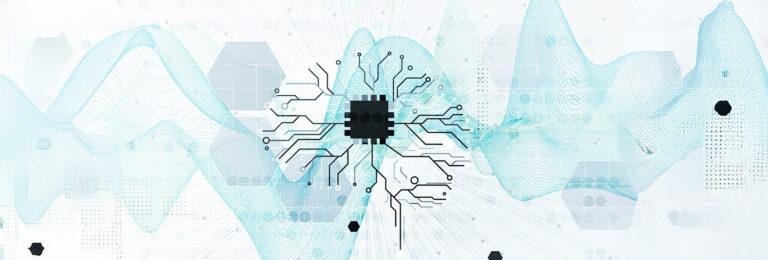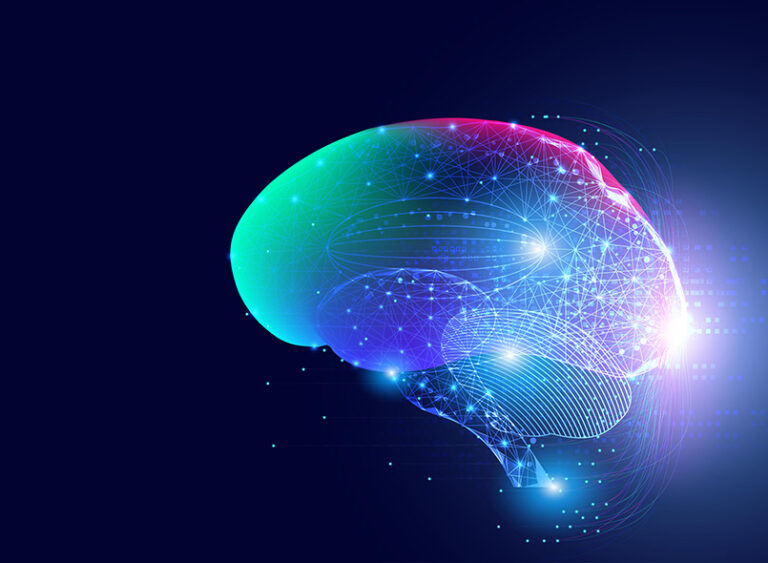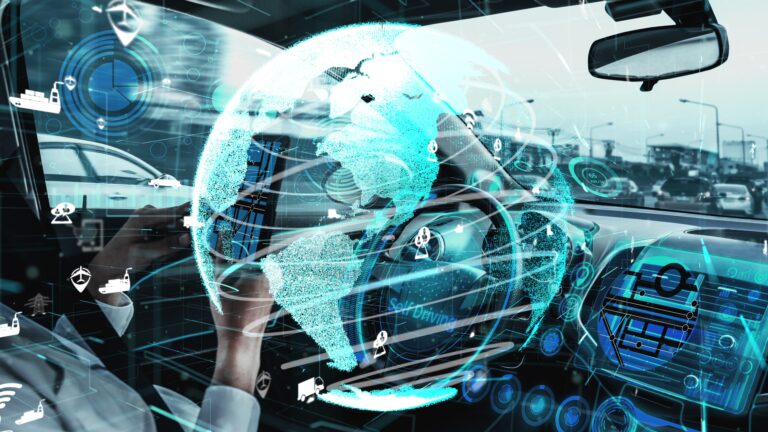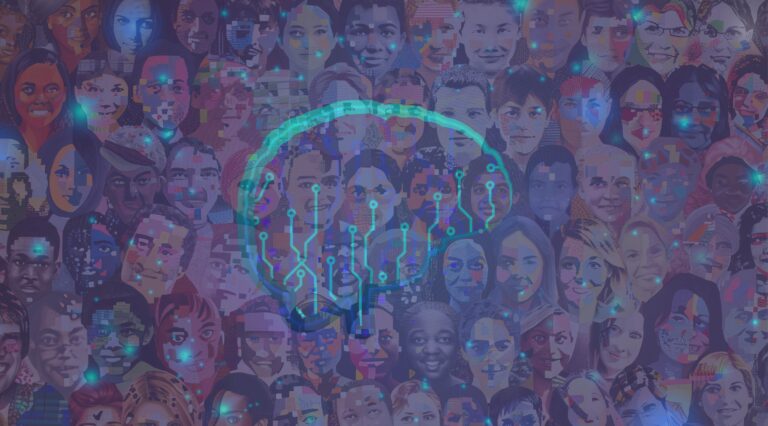
Using Prototypes for Private Machine Learning
How can machine learning respect privacy without sacrificing fairness? Discover DPPL, a prototype-based method that provides strong privacy guarantees while boosting accuracy for underrepresented groups. By addressing bias in differentially private models, this approach ensures ethical and inclusive AI development without compromising performance.
